Hows your oil consumption?
At the moment, you'll almost certainly have blow by before the rings bed in. So your air fuel ratios will be screwy and knock will be a common event until bed in.
Peak advance will have to be dropped right down until the leakdown rates improve. A blowby sensor can monitor this, but costs 600 bux
http://performancetrends.com/prices...._Sensor_Prices
Blowby typically presents itself as a problem of excessive oil consumption (which can also cause detonation), high oil pan pressure which can blow out seals or prevent oil drain back to the pan from the heads
Vizard says remaining engine life can be nailed down accuratley by knowing blowby rates. Described on in pages 398 and 399 of his second edition of modifying BMCs A series engine,
 https://www.amazon.co.uk/Tuning-Brit.../dp/0854297324
https://www.amazon.co.uk/Tuning-Brit.../dp/0854297324
and discussed Turbo applications specfically. Diagrams 15.2a, and 15.2 nail the system down. The reason is that blowby will drop after bed in, and stay constant, and then go up many thousands of miles. But an engine not donating will produce horrific blow by, and still work, with crazy low 24 hour leakdown figures.
As long as the rings continue to bed in against the hard as hades cylinder liners, your peak advance level will be able to go up sometime soon. At the moment, you are almost certainly getting blow by charge dillution, meaning your peak octane requirment will go up until ring bed in.
Okay.
On my Cortina 2.3 turbo, it had chronic cylinder oiling issues due to the typical old umbrella, ella, eh, eh , eh, seals Ford used for years from 62 to 83. Leakdown issues due to ring sealing problems from a tired old engine. So I just added neat Tolunlene, then, after I found it was bassically Benzene and cancerous, I went to 50/47/3 50% deionized Water/47% Denutred Alcohol and 3% acetone, and injected it using a Registerd Nurses fine aspirate needle in a Moreys Upper cylinder lubricant bottle to allow me to run stock 97 octane Gasoline advance on a 9 pound boost Propane engine. In your case, with six holes, you could consume up to 60% of the fuel load at boost.
Stock, that system was normally an upper cylinder lubricant only allowed 1 cc/min (two drops per minute, a drop is 0.5 ccs).
20 thou, 25 thou, 28 thou and 31.5 thou fine aspirate needles flow 155, 180, 225 and 245 cc/min of H20 at 8.5" Hg ported or manifold vac. At WOT, flow drops due to vac drop. In road driven miles, % ADI additive to fuel use is based on throttle application like a power valve which drops out at wide open throttle because its not gravity and fuel pump fed. Normally you'll only have it set at 5 to 25% of gas tank to H20 reserviour.
Edelbrocks Varajet or two 19 thou jets from a standard Ford window squirter at 45 psi gives 125 cc/min, there is no real duty cycle.
My engine might have made 180 hp with its single Mazda 626 turbo, so thats about 720 cc/fuel to 125 cc/min H20 wide open throttle.
A 500 hp engine needs 1620 cc/min minimum at wide open throttle, or up to 972 ccs per minute to quell pre ignition. At wide open throttle, a 10 us mpg engine will suck 6 us mpg of anti detonation fluid.
Water kills the detonation, alcohol helps power, accetone takes care of the phase separation matters. Delivery via an electric motor is okay at wide open throttle, but another system is to use 0.51, 0.63, 0.71 or 0.80 mm (25, 23, 22 or 21G) imbeded jets which flow at those 155 to 245 cc/min rates above.
I use a Moreys Upper Cylinder Lubricant bottle to supply, and don't use wide open throttle full supply since its normally transitional. There is a way to stop cold start water supply.




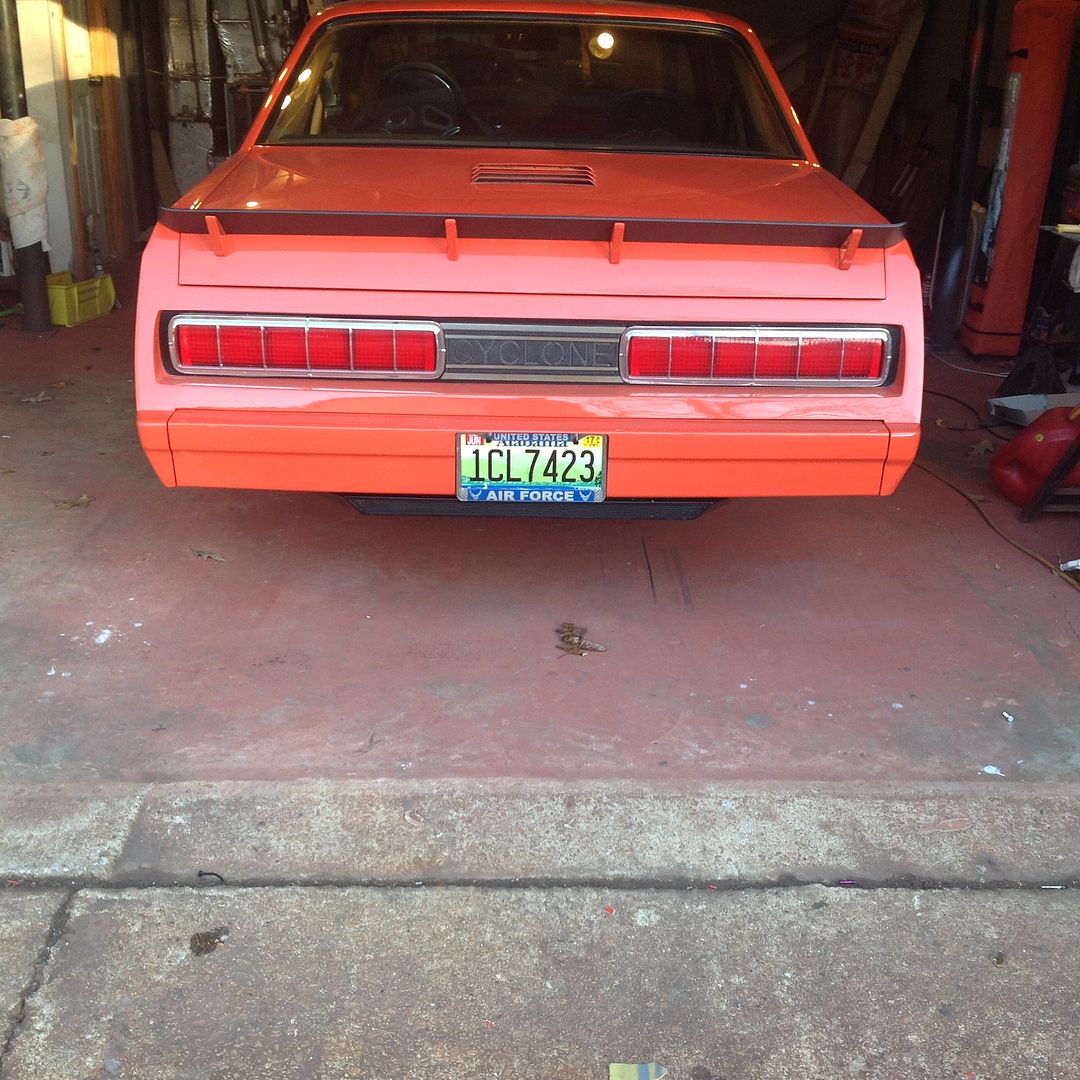


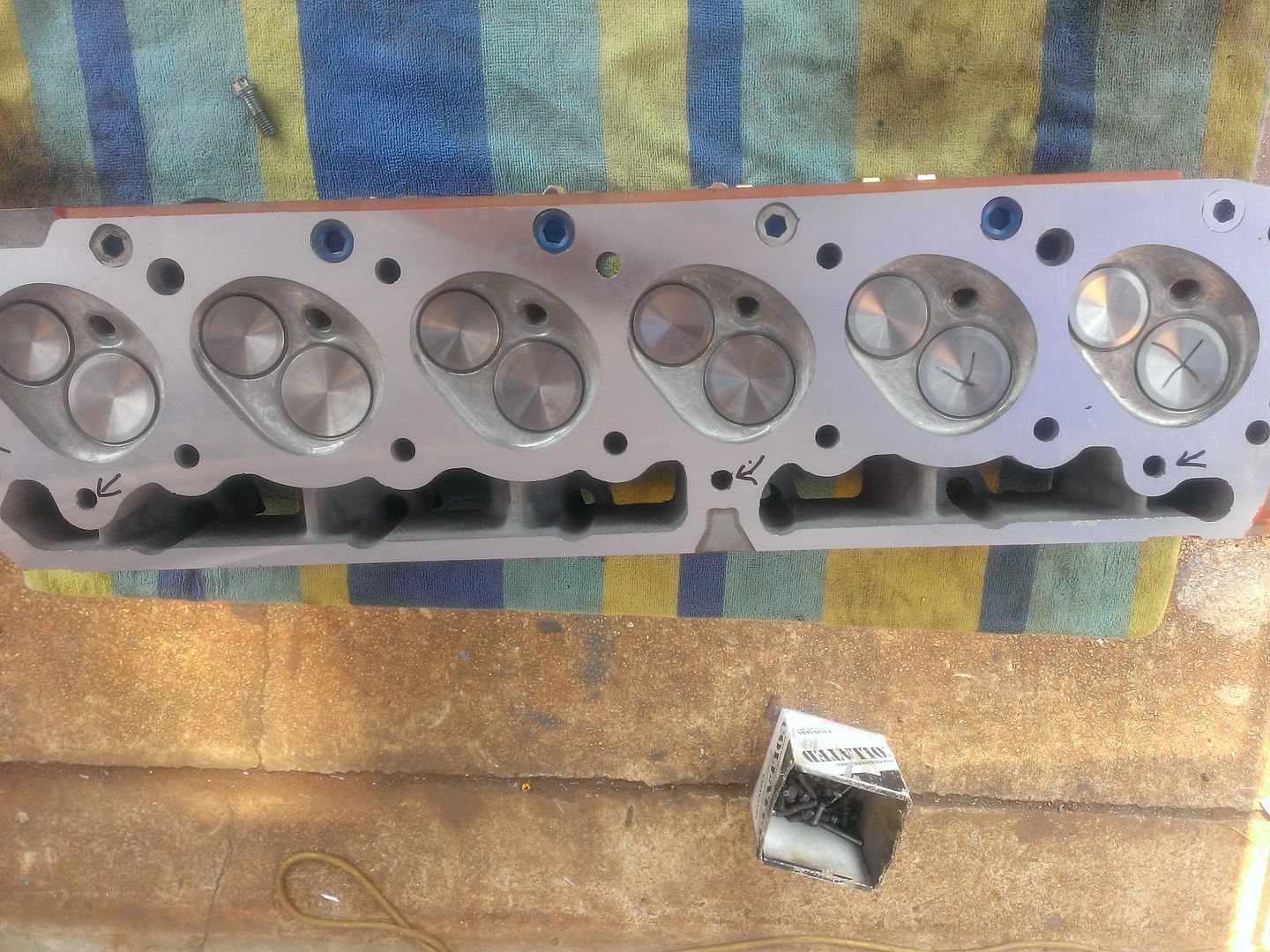

 Reply With Quote
Reply With Quote


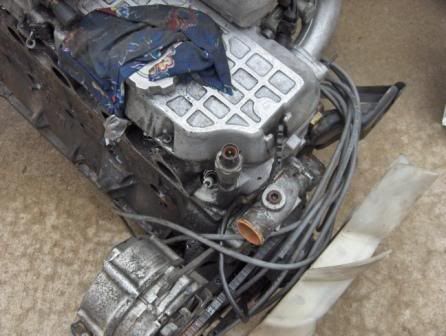
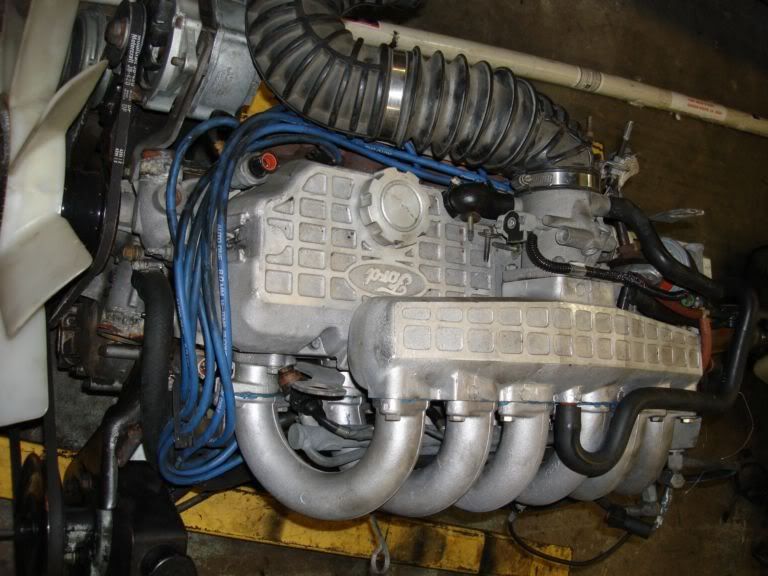










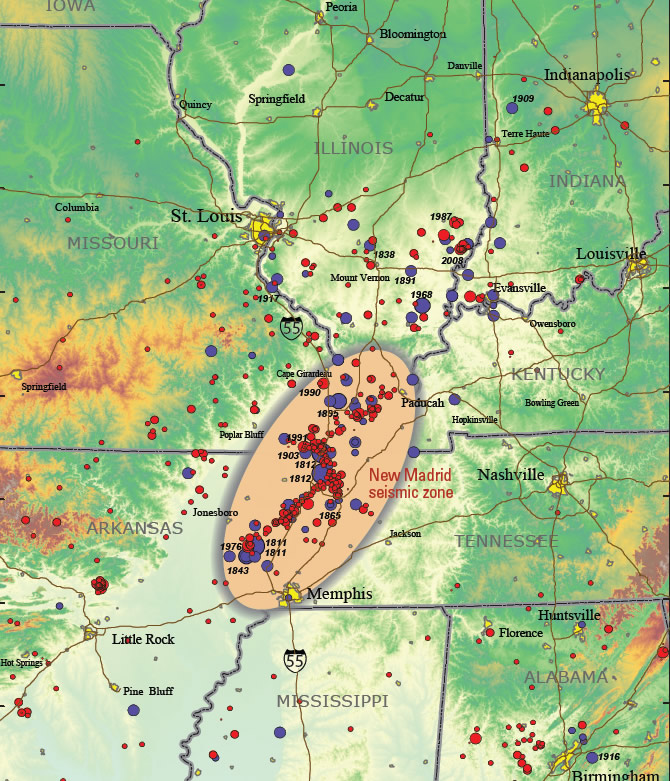




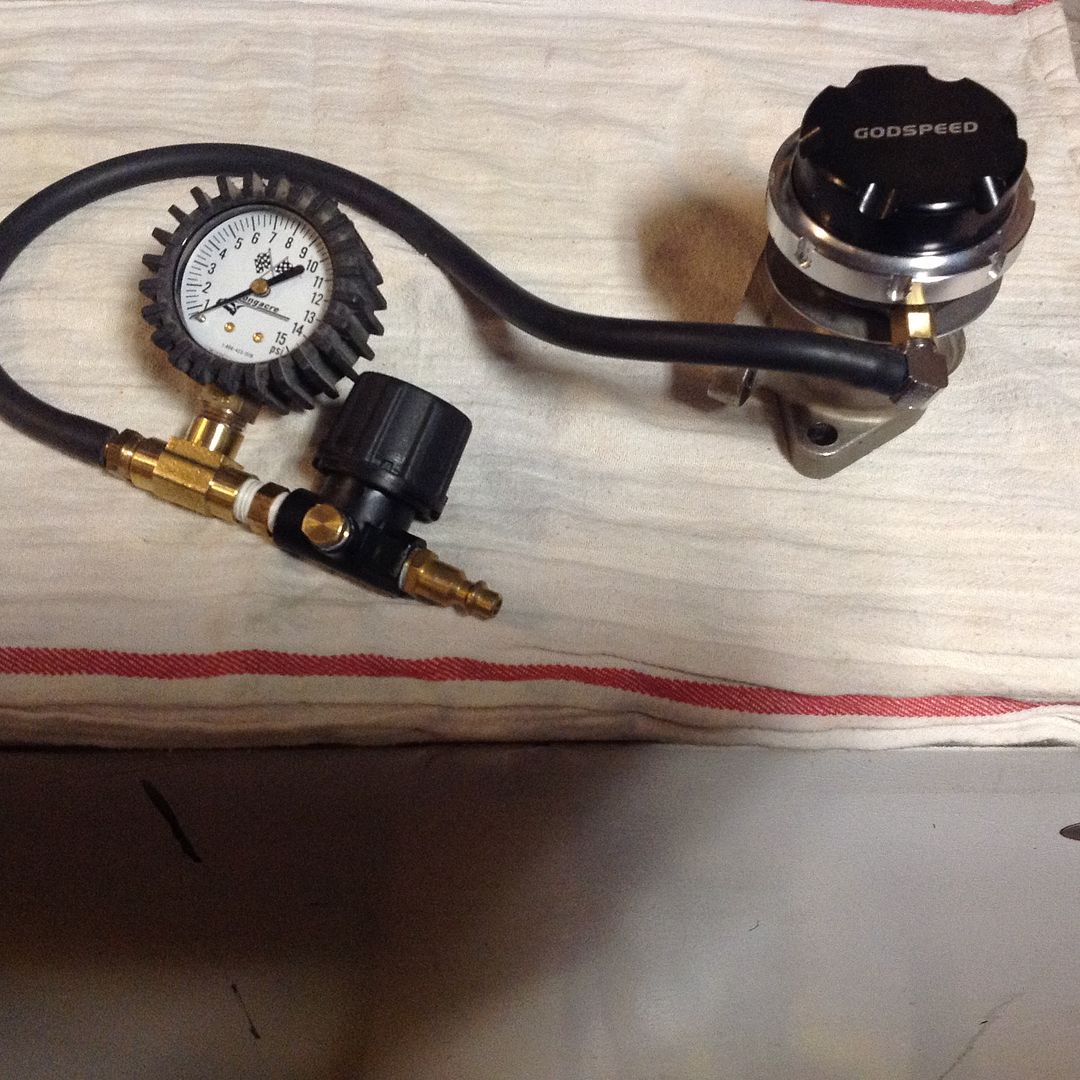
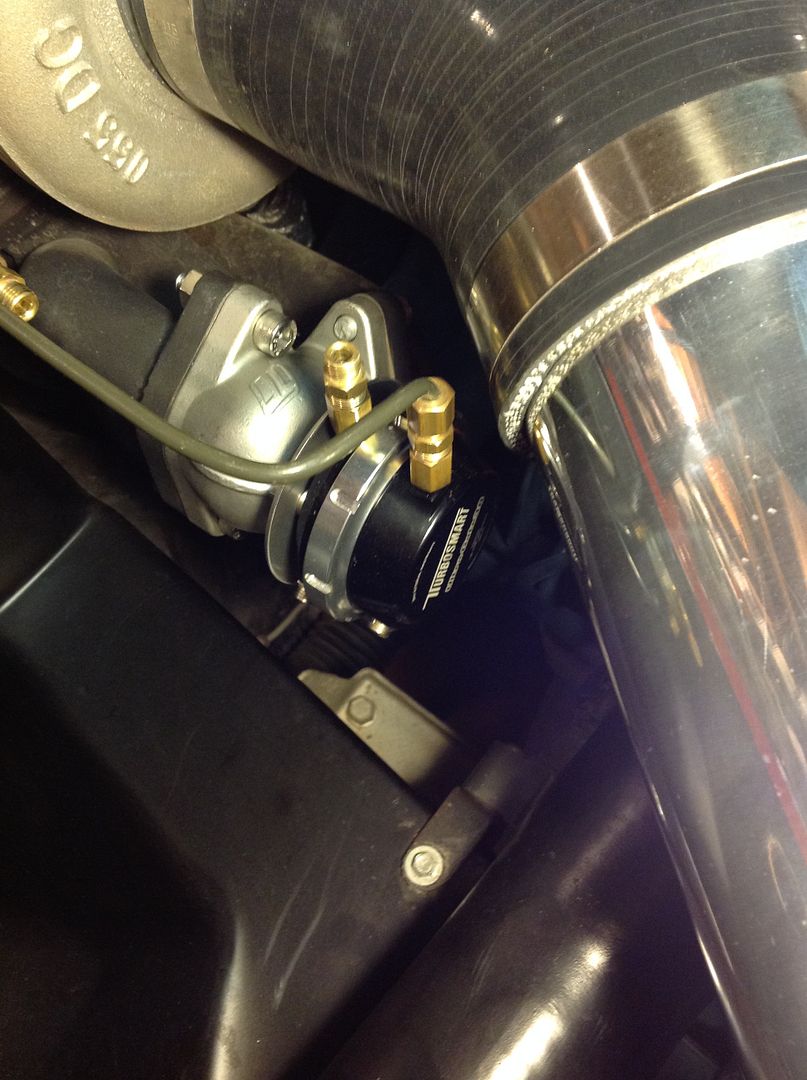


Connect With Us